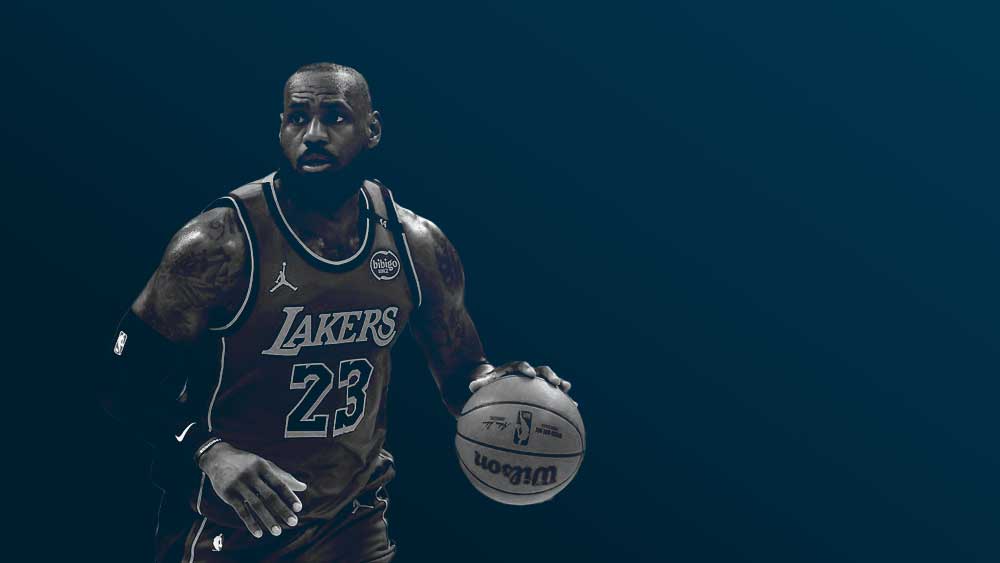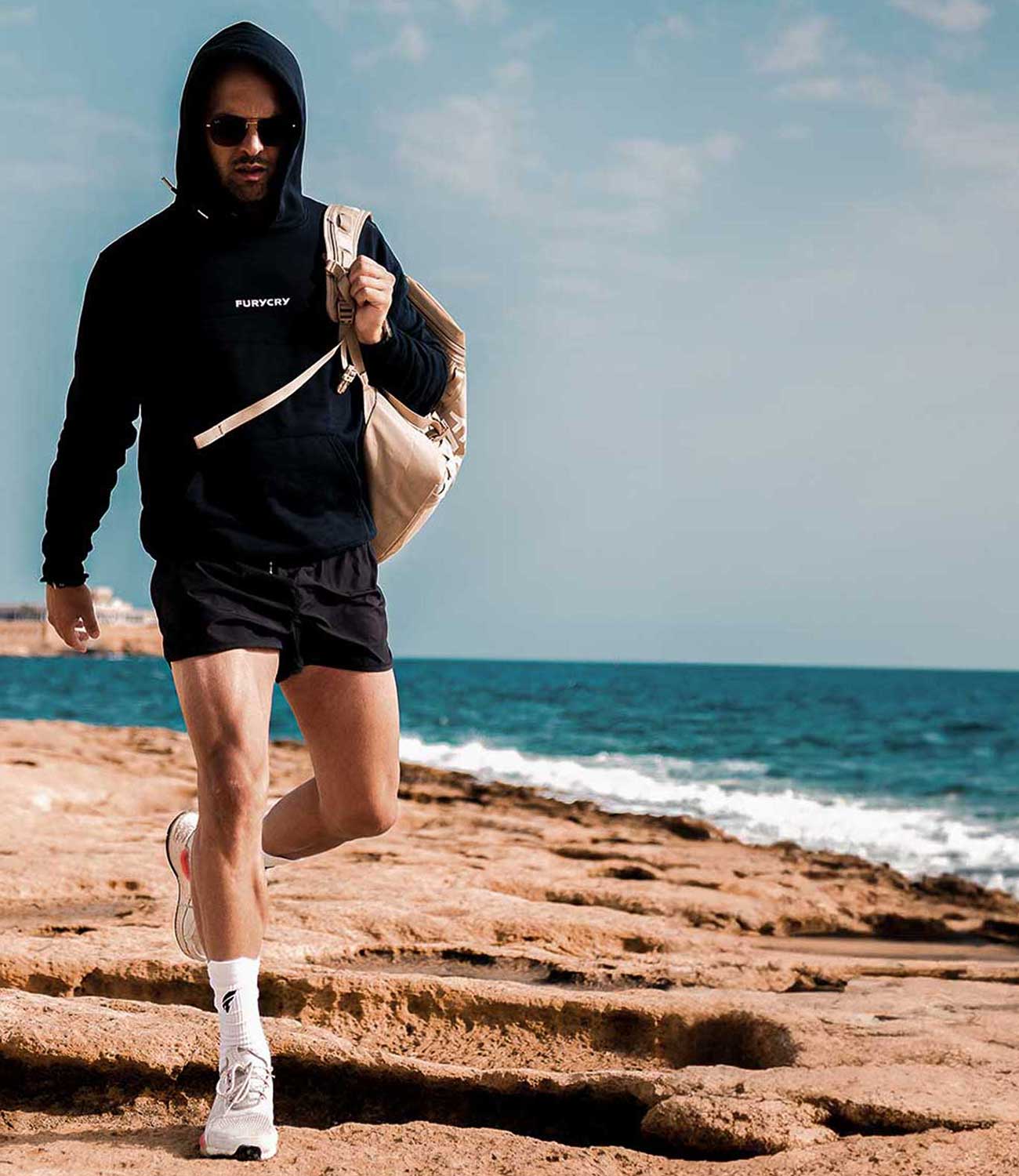Hulk Hogan is dead. The wrestling legend passed away at the age of 71, reportedly from cardiac arrest. With his death, the world says goodbye to one of the most iconic and recognizable figures in sports entertainment history.
But for those who didn’t grow up watching him rip his shirt off, flex his 24-inch “pythons,” or yell "Whatcha gonna do, brother?", this article is your introduction to the man who helped shape an era of pop culture. Hulk Hogan wasn’t just a wrestler. He was a symbol — of the 1980s, of American bravado, and of a kind of entertainment that blended spectacle, athleticism, and myth.
Early Life
Born Terry Gene Bollea on August 11, 1953, in Georgia, Hulk Hogan was raised in Tampa, Florida. He was a big kid with a love for sports and music. Before wrestling, he played bass guitar in several local rock bands and even dreamed of making it in the music world. But his towering frame and natural charisma soon pulled him toward the squared circle.
He took inspiration for his stage name from comic books — The Incredible Hulk — and by the late 1970s, “Hulk Hogan” was born. From day one, he was impossible to ignore.
Wrestling Career
Hogan’s rise began in the early 1980s when he joined Vince McMahon’s World Wrestling Federation (WWF, now WWE). It was perfect timing. Television was booming, cable was exploding, and Hogan had the look, voice, and vibe to become a household name.
He won the WWF Championship in 1984 and held onto it for years, turning into the face of professional wrestling. His trademark red-and-yellow gear, handlebar mustache, and rock anthem “Real American” made him instantly iconic. Millions of fans became "Hulkamaniacs," living by his mantra: “Train, say your prayers, and eat your vitamins.”
The 1980s saw him headline nearly every WrestleMania — the Super Bowl of wrestling — and create unforgettable feuds with legends like André the Giant, “Rowdy” Roddy Piper, and The Ultimate Warrior. One of the most famous moments in wrestling history came at WrestleMania III, when Hogan body-slammed the 500+ lb André the Giant in front of over 80,000 fans.
In the 1990s, Hogan reinvented himself. After joining rival promotion WCW, he shocked the world in 1996 by turning heel (bad guy) and forming the New World Order (nWo) with Scott Hall and Kevin Nash. As “Hollywood Hogan,” he embraced a darker persona, and WCW briefly overtook WWE in ratings thanks to his reinvention.
He eventually returned to WWE in the early 2000s and had a now-legendary match with The Rock at WrestleMania X8 — a passing of the torch moment that saw generations collide.
Hulk Hogan was inducted into the WWE Hall of Fame in 2005. Although his in-ring career slowed down due to health issues, he made several returns over the years, appearing at WrestleMania events and special tributes. His final wrestling appearance came in 2025 — just months before his death.
Acting Career
Hogan’s fame in wrestling opened the door to Hollywood. He made his film debut in 1982’s Rocky III, playing a wrestler named “Thunderlips.” That moment launched his acting career, which would be filled with campy, over-the-top fun.
He starred in family-friendly action comedies like No Holds Barred (1989), Suburban Commando (1991), and Mr. Nanny (1993), where he often played a muscle-bound tough guy with a soft heart. Critics panned them, but kids of the era loved them.
On TV, Hogan had his own action series, Thunder in Paradise, and made guest appearances on shows like Baywatch. While he never reached the blockbuster success of future wrestler-turned-actors like The Rock or John Cena, Hogan was among the first to cross over into Hollywood and proved that wrestlers could be entertainers beyond the ring.
Other Ventures and Controversies
Hogan didn’t stop at wrestling and acting. In the mid-90s, he released a novelty music album, Hulk Rules, with a mix of rock and rap. He opened a short-lived restaurant (Pastamania), launched his own energy drinks, and appeared in commercials for everything from microwaves to beer.
In the 2000s, Hogan starred in the VH1 reality show "Hogan Knows Best", giving fans a behind-the-scenes look at his life and family. His daughter Brooke launched a pop career. His son Nick got into trouble. And the entire Bollea family became tabloid fixtures.
But Hogan’s legacy took a hit in 2015 when a leaked tape revealed him making racist remarks. WWE cut ties with him, removed him from the Hall of Fame, and fans were left stunned. Hogan apologized publicly and, over time, was quietly reinstated into WWE. While many forgave him, the incident remains a blemish on an otherwise towering legacy.
He was also the centerpiece of a massive privacy lawsuit against the website Gawker, which had published a sex tape without his consent. Hogan won the case — and over $100 million — leading to Gawker’s bankruptcy. It became one of the most high-profile media trials of the decade.
Cultural Impact
Hulk Hogan was not just a wrestler. He was a cultural force. His look, his voice, his slogans — they defined an era of over-the-top entertainment. In the 1980s, he stood for American might and moral clarity. In the 1990s, he flipped the script and played the rebel. Through it all, he remained central to the evolution of pro wrestling and to the larger world of pop culture.
He influenced generations of athletes and fans, with stars like John Cena, The Rock, and even UFC fighters citing him as an early inspiration. Action figures, comic books, Halloween costumes, lunchboxes — his image was everywhere. Even politicians like Florida Governor Ron DeSantis have spoken about idolizing Hogan as a kid.
No matter what happened in his personal life, Hulkamania never truly died. And now that Hogan himself has left the ring for good, it’s safe to say: his impact will live on for decades.
Final Thoughts
With the passing of Hulk Hogan, the world loses more than just a wrestler. We lose a living cartoon, a showman, a scandal-plagued but unforgettable icon who made millions believe in something bigger than life.
Whether you loved him, laughed at him, or even forgot about him — you knew who he was. Hulk Hogan was pop culture. And that’s the bottom line, brother.







Leave a comment
This site is protected by hCaptcha and the hCaptcha Privacy Policy and Terms of Service apply.